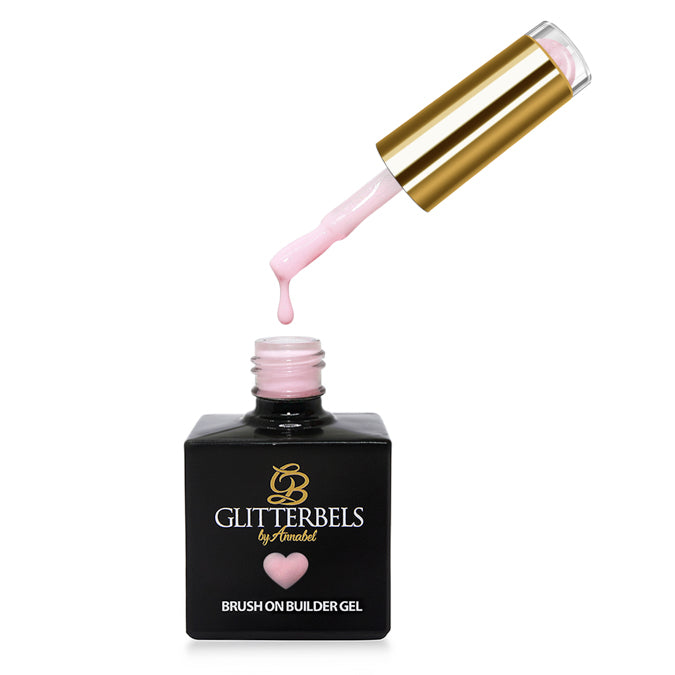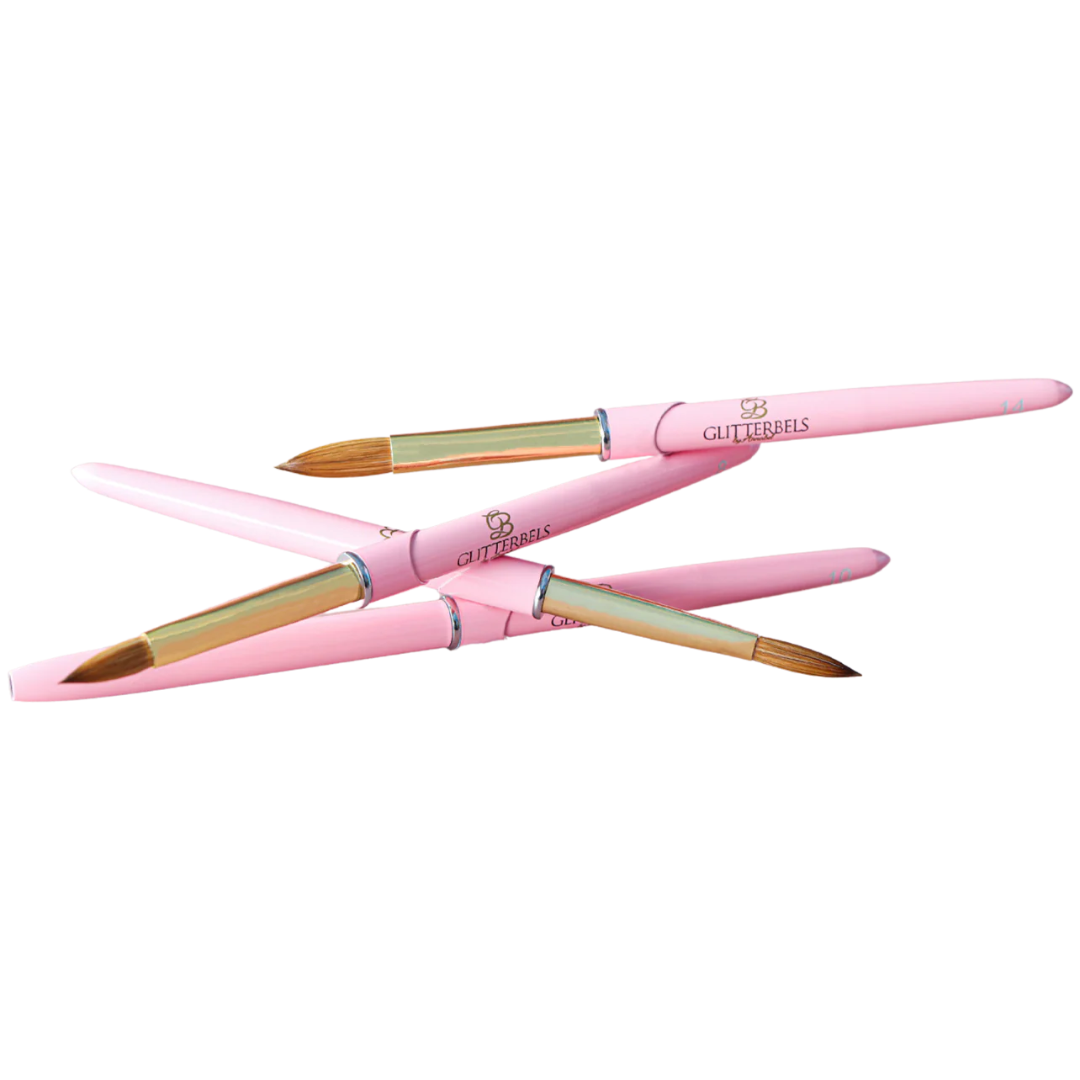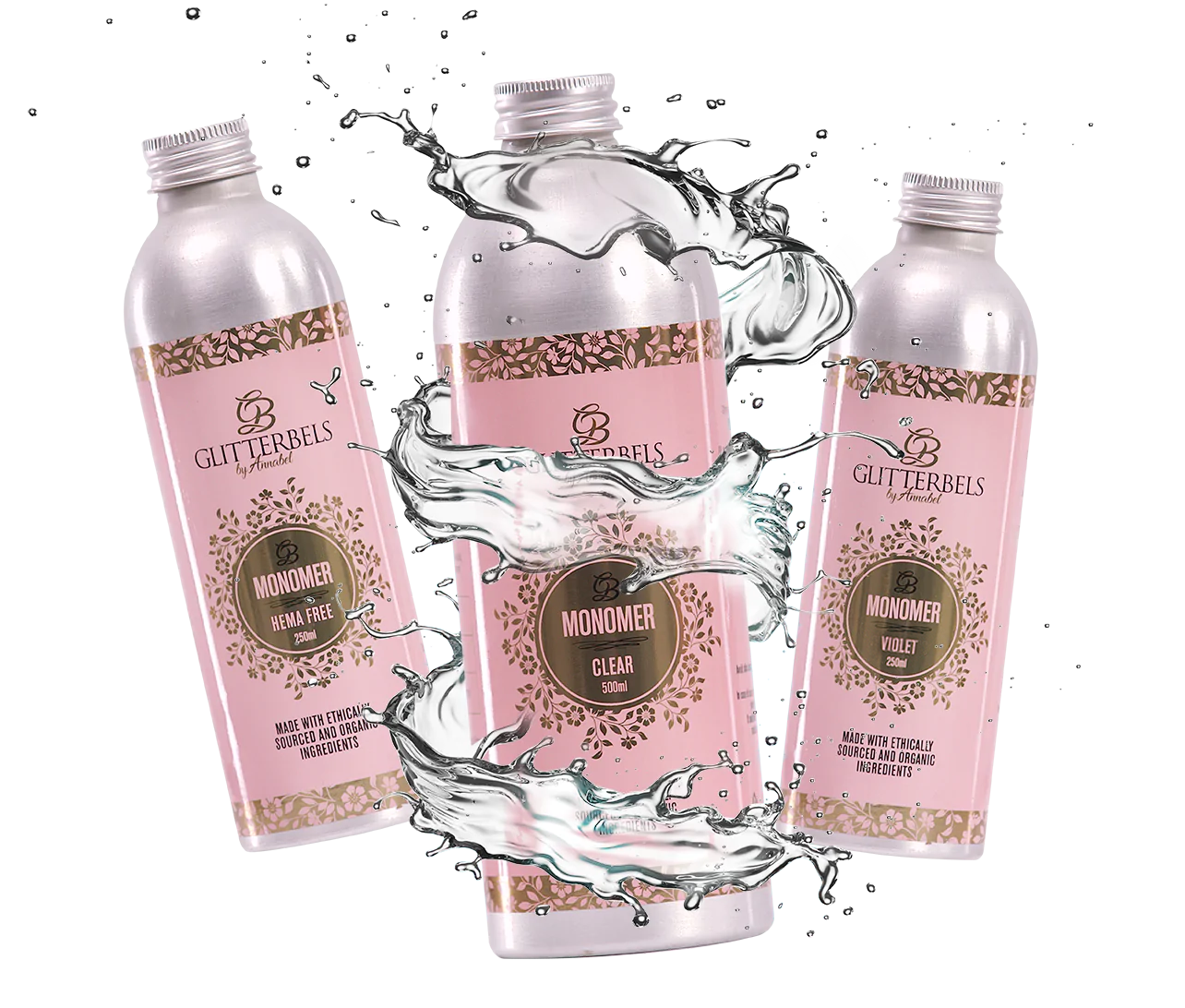If you have to get rid of your acrylic nails and don't feel like making a trip to the salon or running the risk of biting them off or damaging your natural nails then we can relate. It's important that you take steps towards removing them correctly as opposed to haphazardly prying them from your natural nails and observing the damage you could have easily avoided. So, if you want to know how you can remove your acrylic nails at home, keep reading...
First up you will need the right equipment. Here's what you will need to grab before removing your acrylic nails:
- A Nail file
- Acetone
- Cotton Pads
- Aluminium Wraps
- A Small Bowl
- Cuticle Pusher
- Nail Buffer

Step 1. File off as much of the acrylic nail as possible
Take your nail file and get to work. Make sure to file the acrylic nail in one direction only, as filing back and forth may damage your natural nails. To give your acrylic nails a perfect finish, you should go beyond the conventional way of filing (along the top edge) and thin out every area that’s covered by the acrylic.
Step 2. Time to soak the nails in acetone
Once you have set to work with the file and got rid of as much as the acrylic it is time to soak them in acetone. There are two ways you can do this:
- With acetone-doused cotton pads, delicately cover each nail and then wrap every fingertip snugly in foil. You should keep them wrapped for 15-20 minutes.
- Simply soak your fingers in the small bowl and keep them there until all of the acrylic residue has gone.
In our opinion, the first method is superior because the acetone won't come into contact with the skin and, potentially dry it (the skin) out.
Step 3. Buff off the remaining acrylic
After immersing your nails in acetone, it's time for the next step. Every 20 minutes you should examine your nails and gently scrape away any softened acrylic with a cuticle pusher until it has all gone.
Though you may come across some residually clingy acrylic, be gentle! Use a soft foam buffer to address those remaining obstinate bits for a flawless finish.
Prevention is better than cure
Acrylic nails are great, they look fabulous and are infinitely customisable. But, taking them off and caring for the natural nails beneath them is an important step. We would suggest giving your natural nails time to breathe every now and again. Try a week of wearing your nails naturally between getting your acrylic nails done again to maintain optimum nail health.
Is it possible to remove acrylic nails without acetone?
It is possible to remove acrylic nails without acetone but it is not as effective. Remember acetone is found in trees, plants and many other sources of naturally occurring carbon dioxide. Alternatives (to acetone) usually employ chemicals that are harsher than acetone, and thus can damage your natural nails. Acetone is completely safe and the most effective way of removing acrylic nails.
How long does it take to remove acrylic nails?
The time it takes to remove acrylic nails can vary depending on several factors, such as the thickness of the acrylic nails, the type of adhesive used, and the method of removal.
One popular method for removing acrylic nails is to soak them in acetone. This typically takes around 20-30 minutes for the acrylic nails to soften and become easy to remove. However, it may take longer if the nails are particularly thick or if the adhesive used was strong.
Another method is filing the nails down until they are thin enough to remove. This process can take anywhere from 30 minutes to an hour or more, depending on the skill level of the person doing it and the thickness of the nails.
Overall, it is best to expect the process of removing acrylic nails to take anywhere from 30 minutes to an hour or more. It is important to be patient and not rush the process, as removing acrylic nails too quickly can damage your natural nails.
Can I remove acrylic nails with regular nail polish remover?
Regular nail polish remover will not be able to effectively remove acrylic nails as it is not strong enough to dissolve the acrylic. Acrylic nails are typically removed with a specialised solvent such as acetone. Acetone can be found in many nail polish removers labeled as "acetone based" or "for artificial nails". It is important to use the right type of solvent to remove the acrylic nails to avoid damaging your natural nail.
What should I do to take care of my natural nails after removing acrylic nails?
After removing acrylic nails, it is important to take proper care of your natural nails to ensure their healthy growth and avoid any damage. Here are some steps that you can follow:
- Hydrate: Use a cuticle oil or lotion to moisturise your nails and cuticles.
- Be mindful of habits: Avoid biting or picking at your nails as it can lead to damage and breakage.
- Avoid harsh chemicals: These can dry out your nails and make them more fragile.
- Keep nails trimmed and filed: Regularly trimming and filing your nails can help keep them healthy and prevent breakage.
- Protection: Wear gloves when doing household chores to protect your nails from harsh chemicals.
- Give your nails a break: Allow your natural nails to recover by taking a break from acrylics or other artificial nails.
- Professional check-up: Visit a nail salon professional to check the condition of your nails, and if they need any special treatment.
It is essential to be gentle with your nails after removing acrylics, and to give them time to recover. If you notice any signs of infection or damage, seek the advice of a healthcare professional.
Conclusion
By now you should know how easy it is to safely and effectively remove acrylic nails. To sum up, grab a nail file, cotton pads, aluminium wraps (or a small bowl), a cuticle pusher and a buffer - then file away as much of the acrylic as you can before immersing your fingers in acetone for 15-20 minutes each time. Finally, buff off the remaining acrylic with a soft foam buffer for a salon-quality finish.
We hope you found this article helpful and that it has inspired you to take better care of your natural nails. Also, don't forget: prevention is always better than cure by ensuring your natural nails get some well-deserved break time between getting your acrylics done again. If you'd like to learn all of this and more from our award winning education team, check out our acrylic nail courses.

















